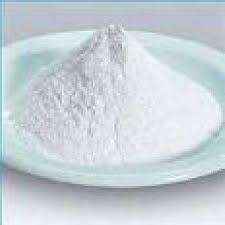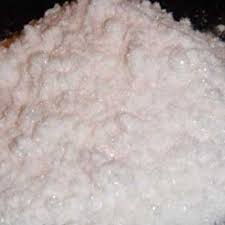
JWH-210 is an analgesic chemical from the naphthoylindole family and acts as a potent cannabinoid agonist at both the CB1 and CB2 receptors. It has Ki values of 0.46 nM at
CB1 and 0.69 nM at CB2. Of the first generation synthetic cannabinoids, it is one of the most potent substituted naphthoyl derivatives in the naphthoylindole series, having a higher binding affinity at CB1 than JWH-122, JWH-182, and JWH-081.
Synonyms:(4-Ethyl-1-naphthyl)-(1-pentylindol-3-yl)methanone (IUPAC allowed); (4-Ethyl-1-
naphthalenyl)-(1-pentyl-3-indolyl)methanone (IUPAC CAS-like); (4-Ethylnaphthalen-1-yl)-(1-
pentylindol-3-yl)methanone (IUPAC preferred; IUPAC systematic); (1-Amylindol-3-yl)-(4-ethyl-1-
naphthyl)methanone (IUPAC traditional) .
User feedback JWH-210, like cannabis, can be smoked after being sprayed on plant material. The effects begin within 2-5 minutes of administration. Little is known about the effects of JWH-210 alone, however frequent effects of synthetic cannabinoids include mood and perceptual changes, panic attacks/agitation, a cannabis-like high, and minor hallucinogens (visual and auditory). Physical symptoms include burning eyes, dry mouth, vomiting, and convulsions. Long-term or high-dose use can result in acute psychotic episodes and repeated paranoid hallucinations, as well as loss of consciousness, disorientation, unresponsiveness, and seizures.

The issue of novel psychoactive drugs (NPS) is becoming more widespread over the world. However, the immunotoxicity of synthetic cannabis has not been thoroughly studied. The goal of this study was to see if synthetic cannabinoids (JWH-210 and JWH-030) have any negative effects on lymphoid organs, splenocyte and thymocyte survival, immune cell activator and cytokines in mice. In vivo, JWH-210 (10 mg/kg, 3 days, i.p.) is more likely than JWH-030 of ICR mice to cause cytotoxicity and diminish lymphoid organ weight. JWH-210 treatment also resulted in a decrease in T-cell activator expression levels such as Cd3e, Cd3g, Cd74p31, and Cd74p41, but JWH-030 enhanced Cd3g levels.
JWH-210 also lowered the expression of cytokines such as interleukin-3, interleukin-5, and interleukin-6. Furthermore, we found that AM630, a CB2 receptor antagonist, decreased JWH-210-induced cytotoxicity while rimonabant, a CB1 receptor antagonist, did not in primary cultured splenocytes. These findings imply that JWH-210 exerts cytotoxicity via the CB2 receptor, resulting in a decrease in lymphoid organ weights, T-cell activator, and cytokine mRNA expression levels.
JWH-210 is a naphthoylindole-based analgesic that acts as a powerful cannabinoid agonist at both the CB and CB receptors, with K? values of 0.46 nM at CB and 0.69 nM at CB.
JWH 210 is a strong cannabimimetic alkylindole with Ki values of 0.46 and 0.69 nM for central and peripheral cannabinoid receptors, respectively. JWH 210’s effects on whole cells or organisms have not been studied.


